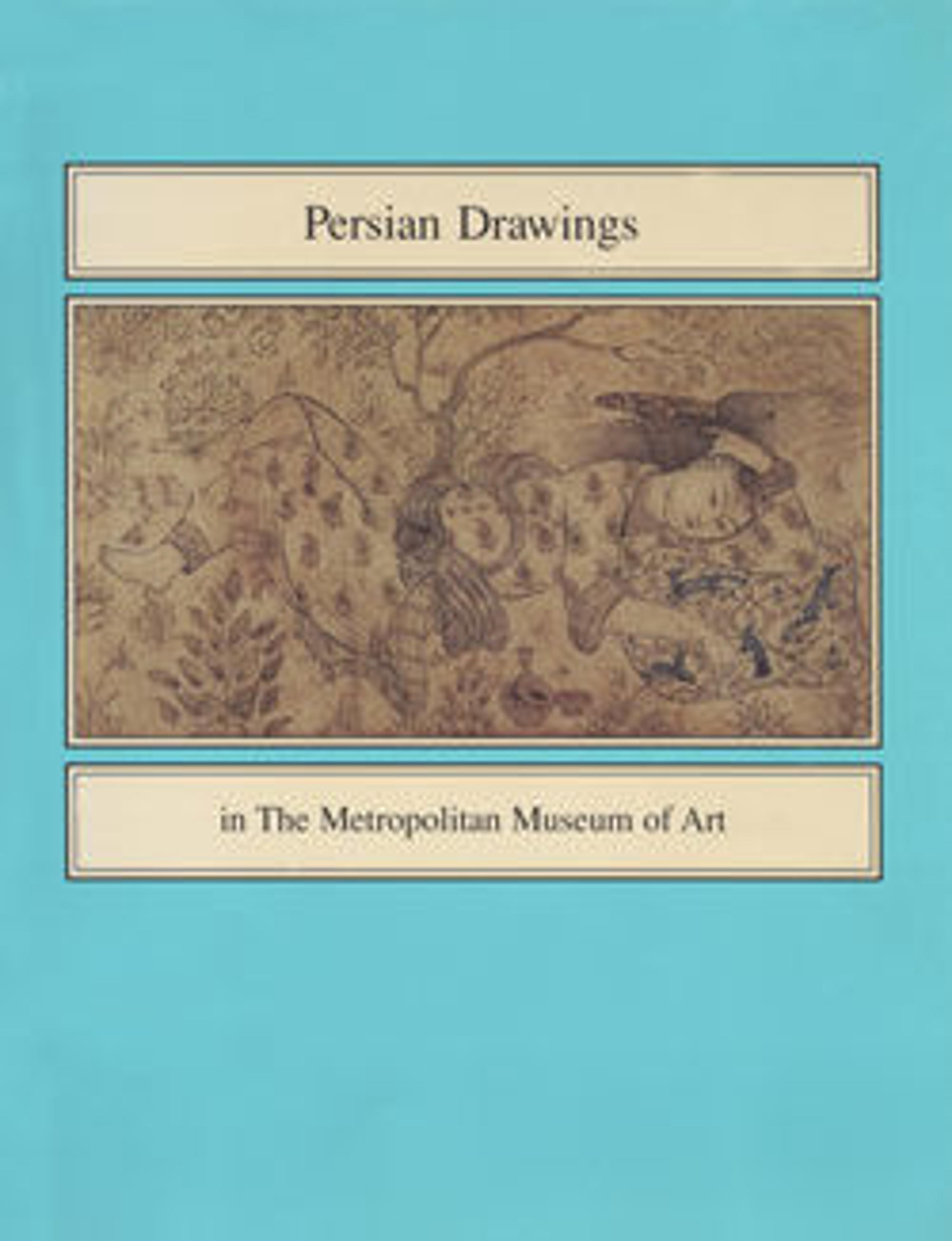Seated Dervish
This figure can be identified as a sufi, on account of his long-sleeved khirqa cloak, ribbed cap, and prayer beads. His crossed arms, kneeling position and lowered gaze all suggest that he is in a state of deep introspection.
In many examples of Persian painting, sleeves serve as a metaphor for the emotional state of the wearer, expressing contemplation, reverence, trepidation, and intoxication. In the case of this seated figure, his sleeves hang limp, crossed one over the other, emphasizing his contemplation.
Sufis frequently spent periods of up to 40 days in isolation in the wilderness. This practice, called khalwa, facilitated distraction-free meditation and prayer. Young Sufis would engage in this habit under the guidance of a shaikh, and more advanced Sufis would sustain this practice independently throughout their lives.
In many examples of Persian painting, sleeves serve as a metaphor for the emotional state of the wearer, expressing contemplation, reverence, trepidation, and intoxication. In the case of this seated figure, his sleeves hang limp, crossed one over the other, emphasizing his contemplation.
Sufis frequently spent periods of up to 40 days in isolation in the wilderness. This practice, called khalwa, facilitated distraction-free meditation and prayer. Young Sufis would engage in this habit under the guidance of a shaikh, and more advanced Sufis would sustain this practice independently throughout their lives.
Artwork Details
- Title: Seated Dervish
- Date: late 16th century
- Geography: Attributed to Iran
- Medium: Ink and watercolor on paper
- Dimensions: H. 3 1/2 in. (8.9 cm)
W. 1 5/8 in. (4.1 cm) - Classification: Codices
- Credit Line: Bequest of George D. Pratt, 1935
- Object Number: 45.174.12
- Curatorial Department: Islamic Art
More Artwork
Research Resources
The Met provides unparalleled resources for research and welcomes an international community of students and scholars. The Met's Open Access API is where creators and researchers can connect to the The Met collection. Open Access data and public domain images are available for unrestricted commercial and noncommercial use without permission or fee.
To request images under copyright and other restrictions, please use this Image Request form.
Feedback
We continue to research and examine historical and cultural context for objects in The Met collection. If you have comments or questions about this object record, please contact us using the form below. The Museum looks forward to receiving your comments.
